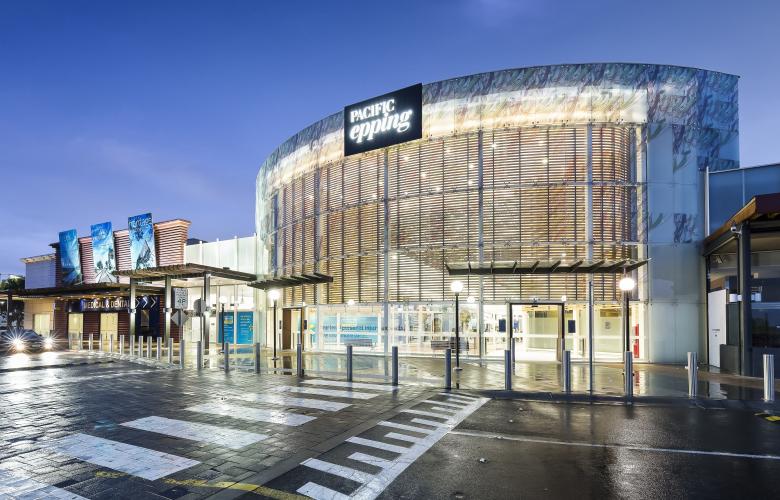'Resilient' Australian investment market continues to grow - Colliers
Contact
'Resilient' Australian investment market continues to grow - Colliers
Changes to the composition of Australian shopping centres is a key factor underpinning the resilience of bricks-and-mortar retailing, according to Colliers International's 2019 Investment Review.
A new report from Colliers International has shown that the Australian retail investment market has remained relatively resilient and continues to grow, despite global headwinds across other markets
The company's 2019 Retail Investment Review found 20 per cent of Australian customers prefer to shop exclusively in-store, reflecting the highest proportion of any country within the Asia Pacific Region (Rakuten Marketing).
According to the data, just 2 per cent of consumers in Australia would buy exclusively online, in comparison with 7 per cent of American consumers (Google Surveys, 2018).
Colliers International Head of Retail Investment Services Lachlan MacGillivray said the nation's shopping habits had set global standard in retail investment.
“The way Australian consumers choose to purchase their goods means retail sales at brick-and-mortar stores still account for about 95 per cent of all retail activity in Australia, outperforming the US (circa 90 per cent) and the UK (82 per cent),” he said.
“As well as our tendency to favour bricks-and mortar-stores over online shopping, Australia’s average visitation per catchment ratios are among the highest in the world and the per capital supply of retail space in Australia is still relatively low compared to other developed markets, which aids the resilience our retail property market.
“The Australian population continues to grow at one of the fastest rates in the world and consumers are very distinctive, with a strong sense of attachment to their local communities and favouritism towards fresh produces and locally-made products.”
Colliers International Director of Retail Research Alex Pham said Australian retailers were benefitting from a multi-channel retailing strategy for their business.
“Numerous case studies have shown that online and offline retailing in Australia are complementary as opposed to supplementary, as an overwhelming number (78 per cent) of Australian consumers would shop both offline and online simultaneously,” he said.
Colliers’ report found that strong investor demand in the Australian retail property market continued throughout 2018, but was constrained by the lack of quality stock on the market.
Neighbourhood Centres transacted more than any other retail category, accounting for 35 per cent of sales, while Sub-regional centres accounted for the highest total value of sales in 2018, with more than $2.08 billion worth of assets sold – a 118 per cent increase on the previous year.
Domestic investors were responsible for 79 per cent of total transaction value, showing local confidence in shopping centres that meet the needs of their catchments.
Source: Colliers International
Similar to this:
Bendigo Bank's Dockland headquarters hits the market
'Iconic' Gold Coast office development site sold for 3.4 million






